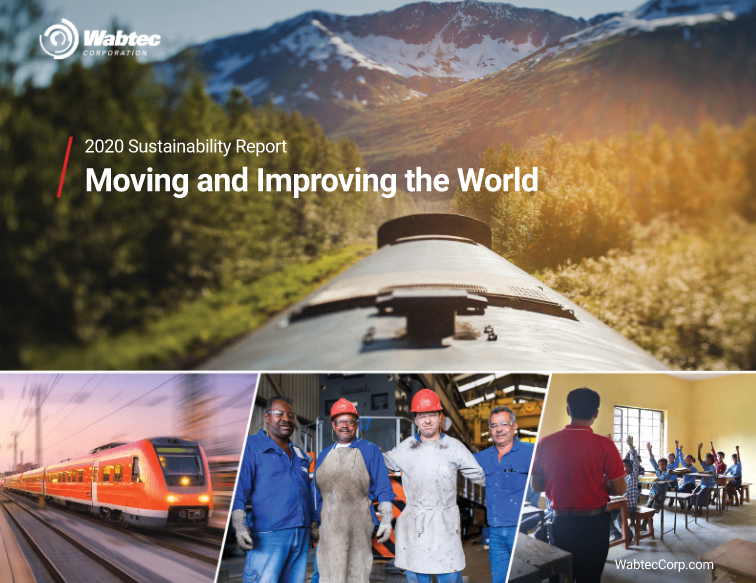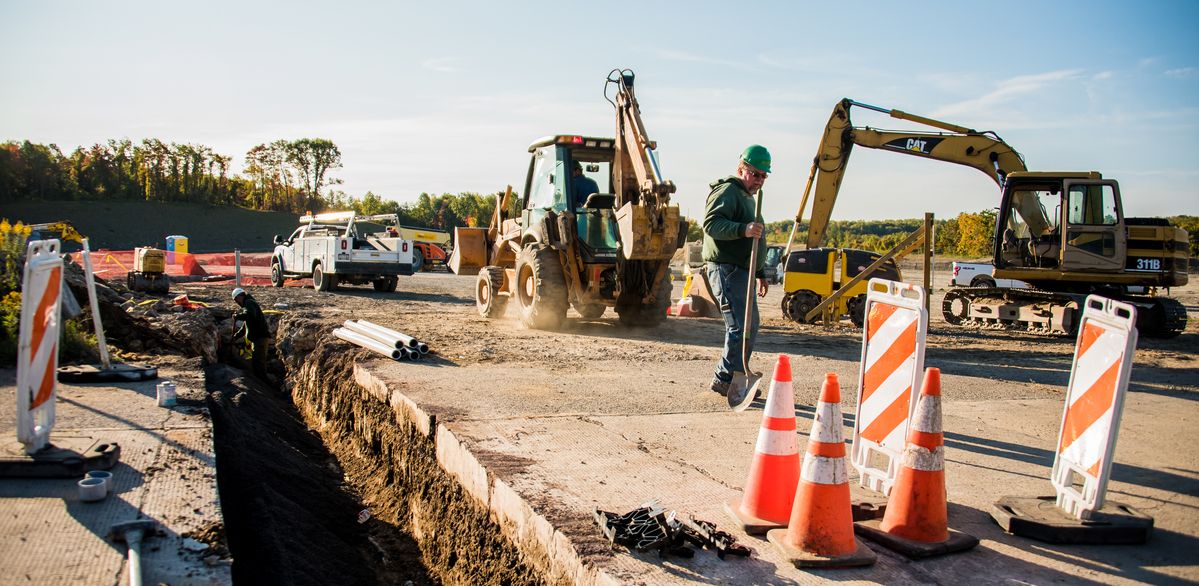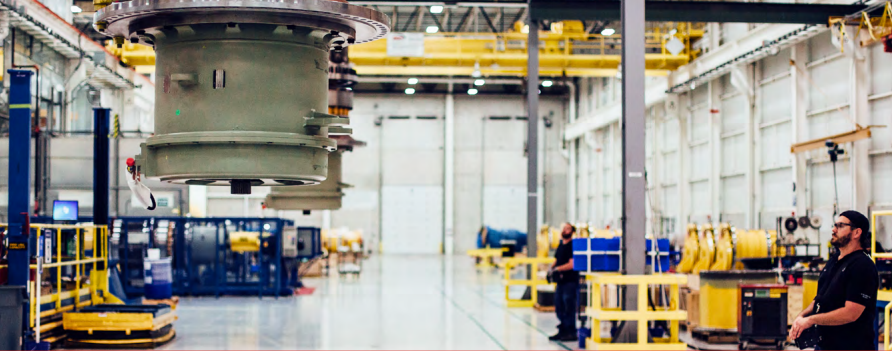Global rail and transit manufacturer Wabtec has released its 2020 Sustainability Report detailing the company’s ongoing commitment to its environmental and social responsibilities.
The report outlines a string of activities the company has undertaken to date in order to improve its global environmental performance, including how integrating additive manufacturing has contributed to the firm’s sustainability aims.
“Wabtec’s position as a global transportation leader gives us a unique perspective on the trends that are impacting our customers and other stakeholders, namely: climate change, automation and digitization, and urbanization,” said Rafael Santana, president and CEO of Wabtec. “Our 2020 Sustainability Report outlines a series of aggressive goals to address those trends, improve our performance on global environment, social and governance matters, and drive a better future for people and the planet.”

Wabtec and 3D printing
Wabtec is a global leader in the provision of equipment, systems, and digital solutions for the freight and transit rail sectors. The firm’s portfolio includes highly-engineered metal components and systems which it provides to most major rail transit systems around the world.
Last year, Wabtec became one of the first customers to obtain GE Additive‘s H2 binder jet metal 3D printer, driven by the aim to grow the use of additive manufacturing in the transportation industry.
More recently, the company announced it had secured an 11,000 square foot plot in Pittsburgh’s additive manufacturing hub, Neighborhood 91. Expected to be completed by spring next year, Wabtec plans to use its new facility to produce lightweight parts for its transit customers with a lead time reduction of up to 80 percent.

Improving sustainability through AM
At present, Wabtec uses 3D printing in its fabrication processes to reduce the material and energy waste linked to complex assemblies and the manufacturing of parts. Integrating additive manufacturing enables production waste to be curtailed by 70-80 percent, while time to market has been considerably shortened by up to 90 percent.
Wabtec produced more than 1,250 3D printed prototypes throughout 2019, becoming the first rail supplier to incorporate metal 3D printed parts into production on its North American rolling stock. Looking ahead, the company is looking to produce over 25,000 additive manufactured parts by 2025.
The firm is also employing remanufacturing processes in order to keep its products in circulation for as long as possible, through reducing waste, extending the life of equipment, and driving cost savings. According to Wabtec, remanufacturing results in around 296 million pounds of end-of-life material being brought back to its global manufacturing facilities each year, which is then reused or recycled with less than one percent waste.
“On almost every continent we are demonstrating the power of what Wabtec can do when we work together to achieve a common purpose,” Santana continued. “By focusing on sustainability and accountability, and with an incredible team behind us, I’m confident we will achieve our goals and build a bigger, stronger Wabtec well positioned to move and improve the world.”

Sustainability efforts in the 3D printing sector
Within industries across the globe, sustainability has become a key consideration for all levels of the supply chain. Reducing waste, improving the efficiency of operations, integrating additive manufacturing, and digitization are all ways in which companies are attempting to improve their processes in line with their environmental and social responsibilities.
Last year, CEO of German 3D printer OEM EOS, Marie Langer, announced that the company would do more with the “positive environmental and social benefits” of 3D printing, while UK-based post-processing specialist Additive Manufacturing Technologies (AMT) outlined four pillars through which it would promote sustainability and safety; no waste, better chemistries, less energy, less labor, and consumables.
Elsewhere, 3D printing is being used to improve the environmental footprint of manufacturing spare parts in favor of time and material-intensive traditional methods. German engineering conglomerate ThyssenKrupp recently partnered with Wilhelmsen Ships Services to deliver 3D printed spare parts for the maritime sector, while petrochemical firm Braskem adopted 3D software start-up Spare Parts 3D’s DigiPart program to help optimize its inventory supply chain, and ultimately hold less stock.
Additive manufacturing is also helping firms draw closer to the circular economy concept, a notion that seeks to make optimum use of resources in order to avoid waste. Recent projects to this end include producing biobased materials for 3D printing from waste food, and the creation of closed-loop supply chains producing high-performance metal powders from scrap sources.

Subscribe to the 3D Printing Industry newsletter for the latest news in additive manufacturing. You can also stay connected by following us on Twitter and liking us on Facebook.
Be sure to subscribe to the Another Dimension podcast on your chosen podcast player to make sure you never miss an episode.
Looking for a career in additive manufacturing? Visit 3D Printing Jobs for a selection of roles in the industry.
Featured image shows Wabtec’s Sustainability Report 2020. Image via Wabtec.



